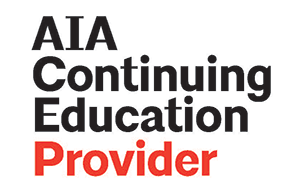 | 1 LU / HSW |
 | 1 LU / HSW |
Design innovation in educational facilities at all levels is undergoing a revolution. Evidence-based design — making design decisions based on research about how aspects of the physical environment directly influence human performance and well-being — has transformed healthcare architecture, measurably impacting experiences for patients, families, and staff. Now, the same principles are being applied to spaces for learning, enabling education facilities to make informed design decisions with positive outcomes in mind. This presentation will reference a growing body of research and real-life examples to show how interior product selections contribute to and support effective learning environments that position students for success.
Learning Objectives:
Catherine Prossen, Education Market Segment Manager, Interface
Catherine is an Education Market Segment Manager for Interface with a specific interest in the K-12 Education Segment. Catherine has a bachelor’s degree in interior design and a 20-year career in architectural product sales with a personal passion to expand industry knowledge and understanding of her customers needs. She is constantly researching the statistics and trends that impact the learning environment for students, teachers and staff. Catherine is focused on building relationships with architects, designers and end users in order to supply long-term flooring solutions that improve the learning experience while reducing maintenance costs for the school district.